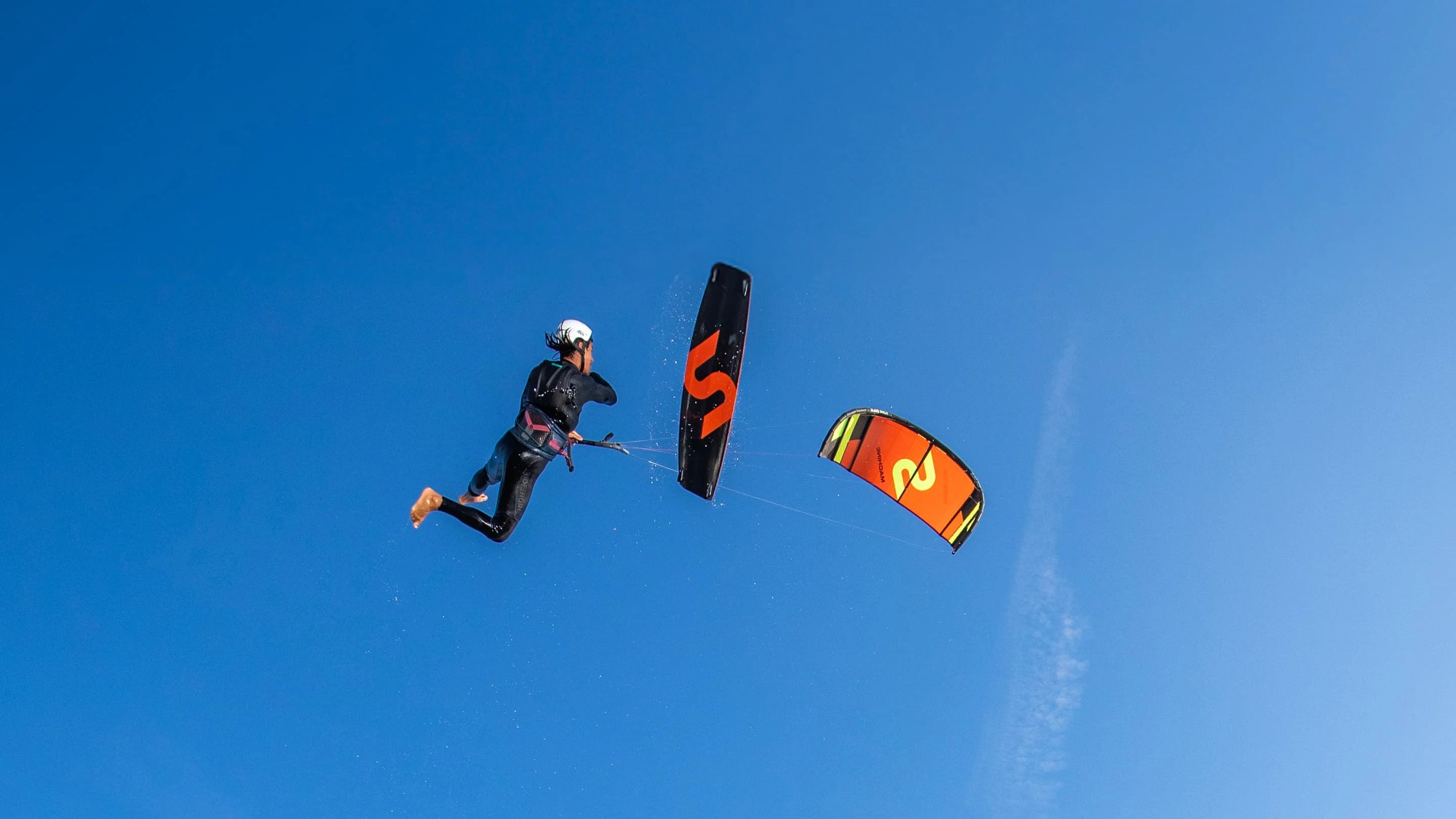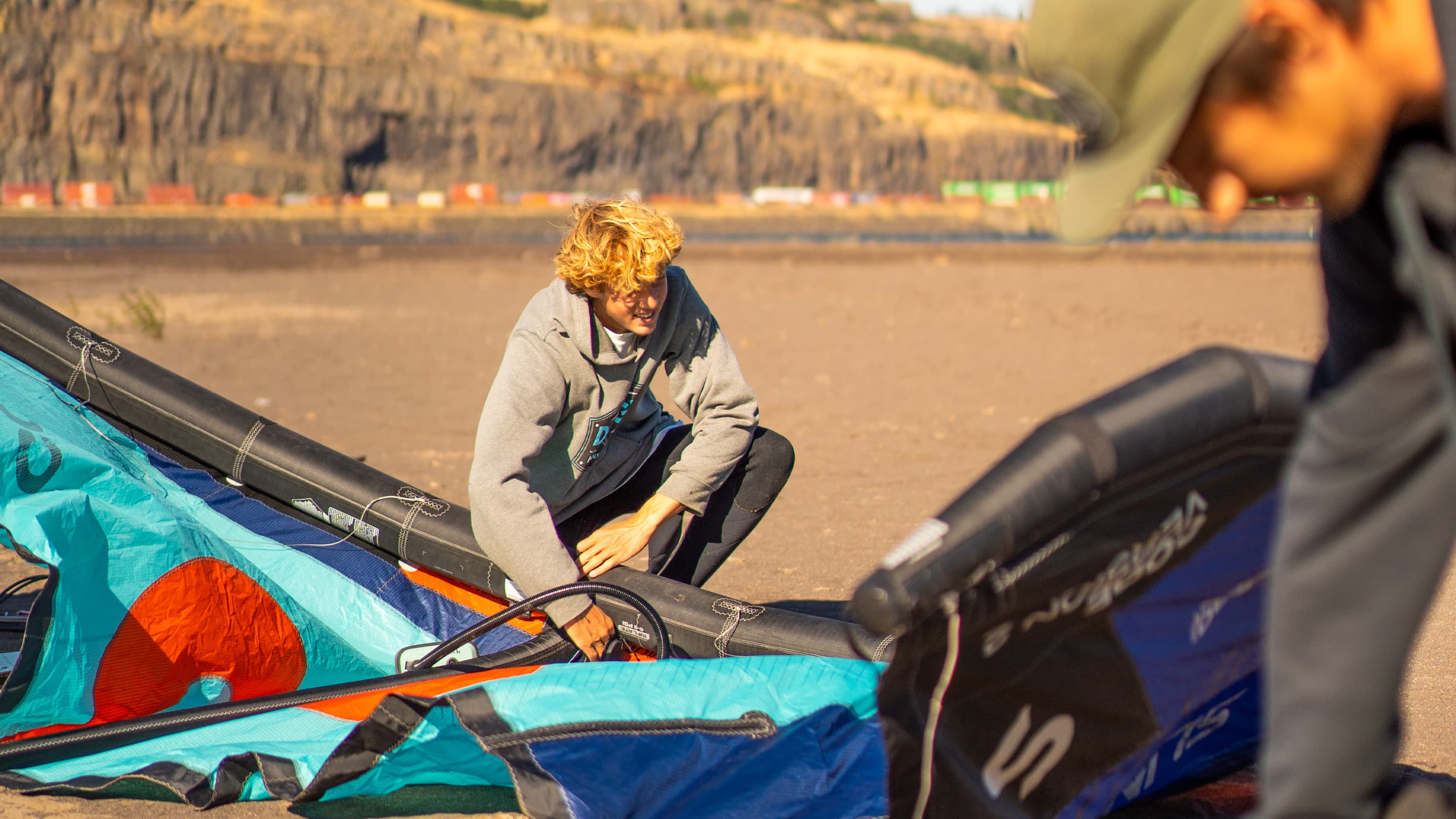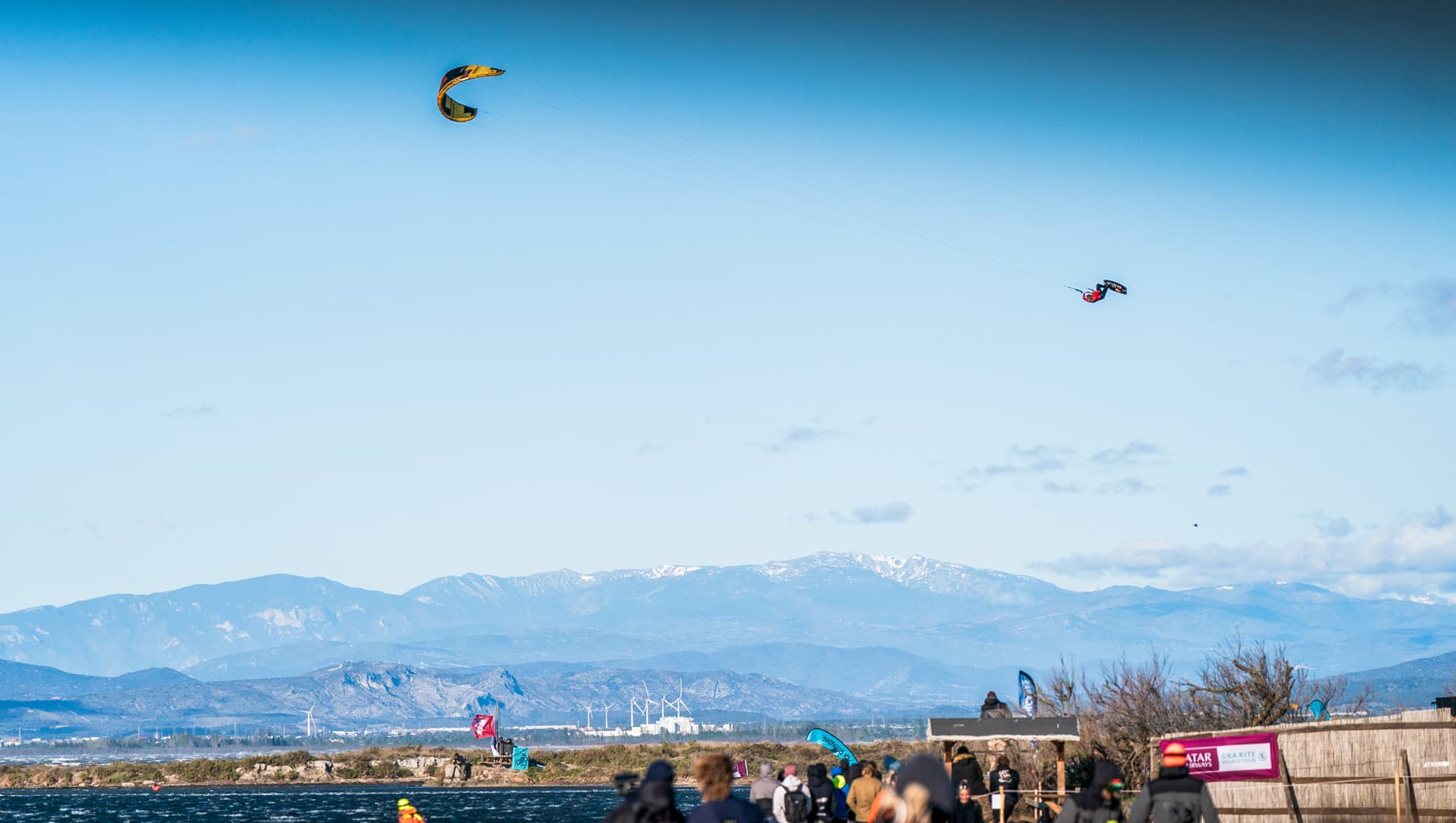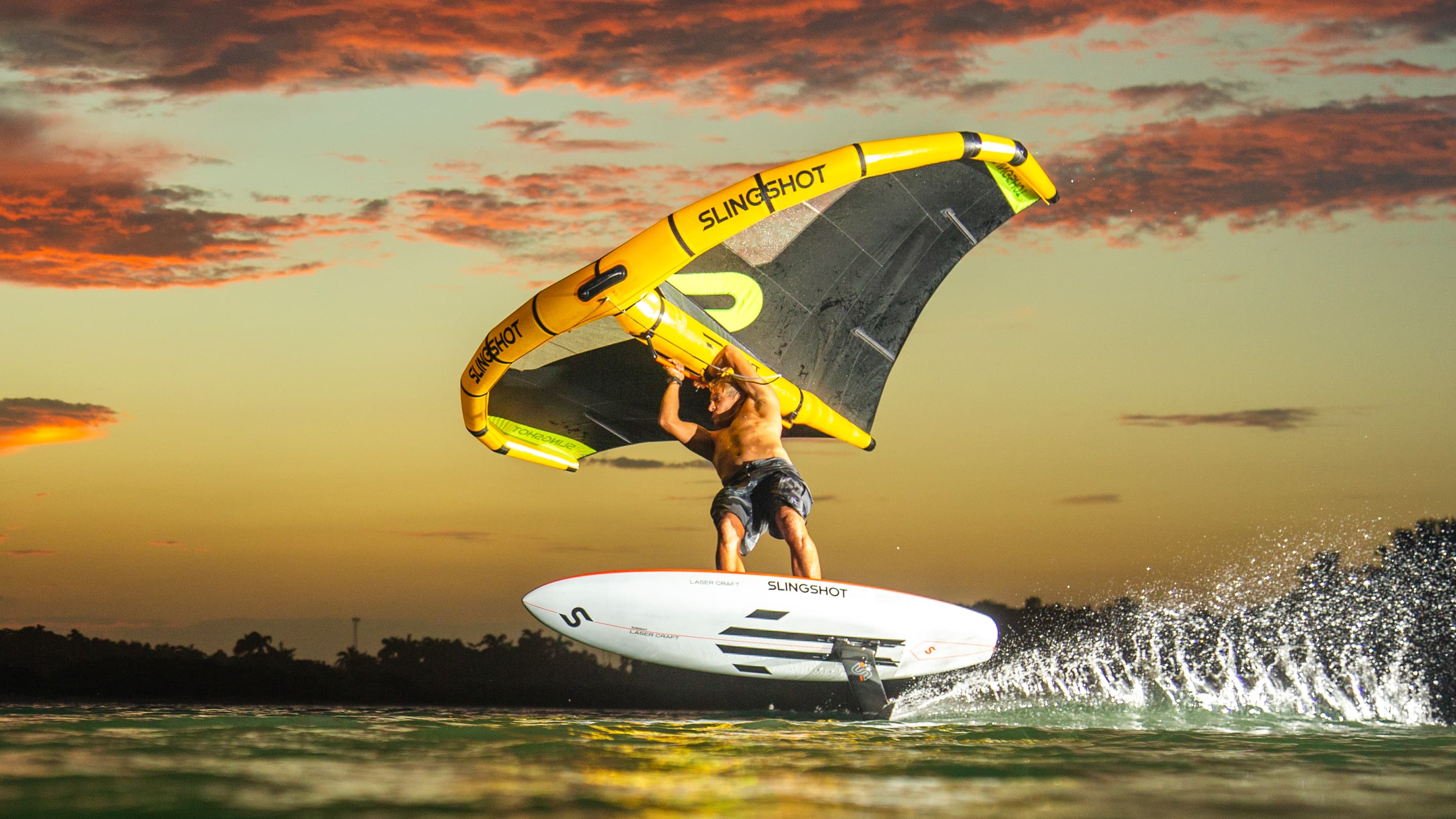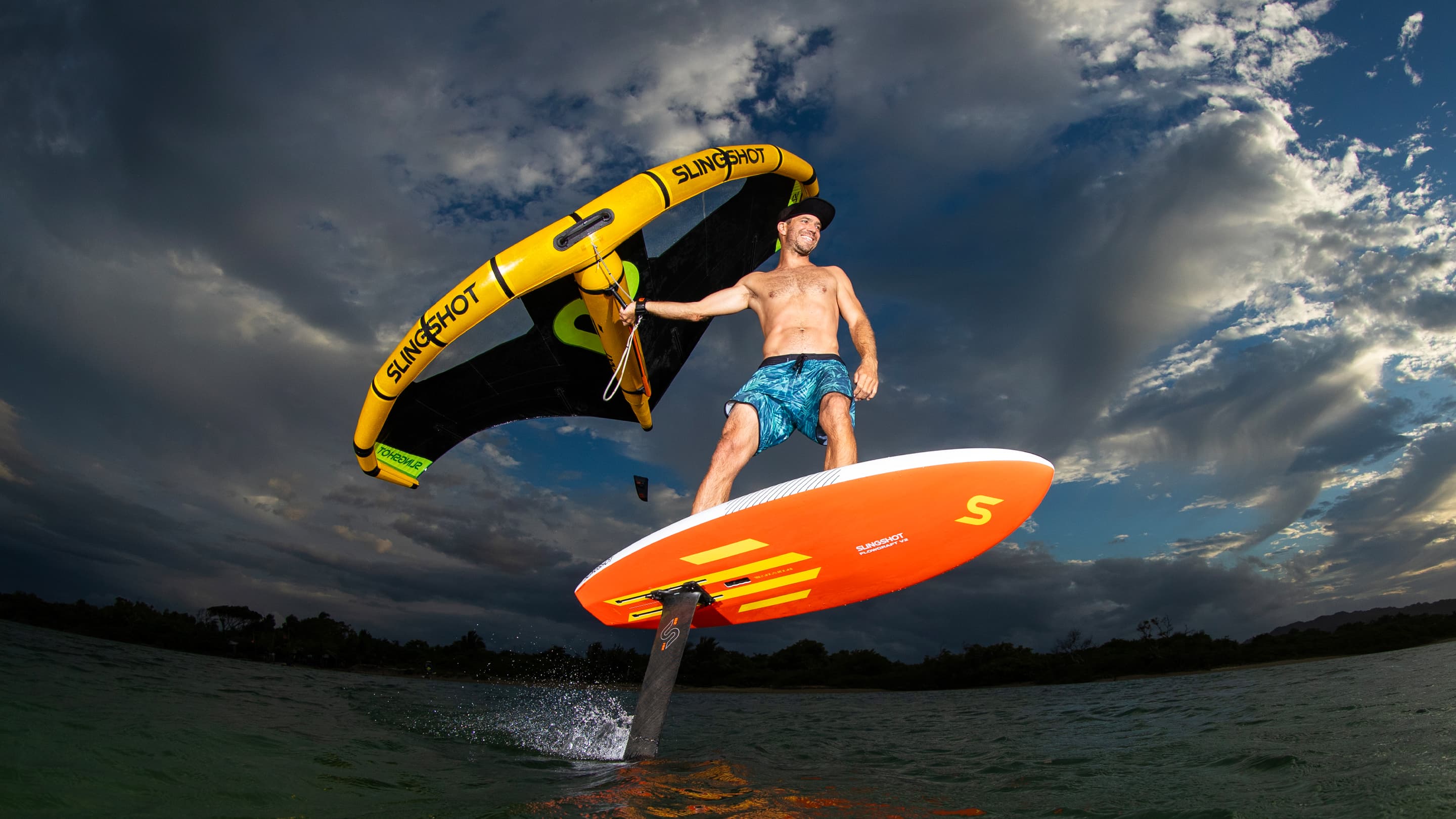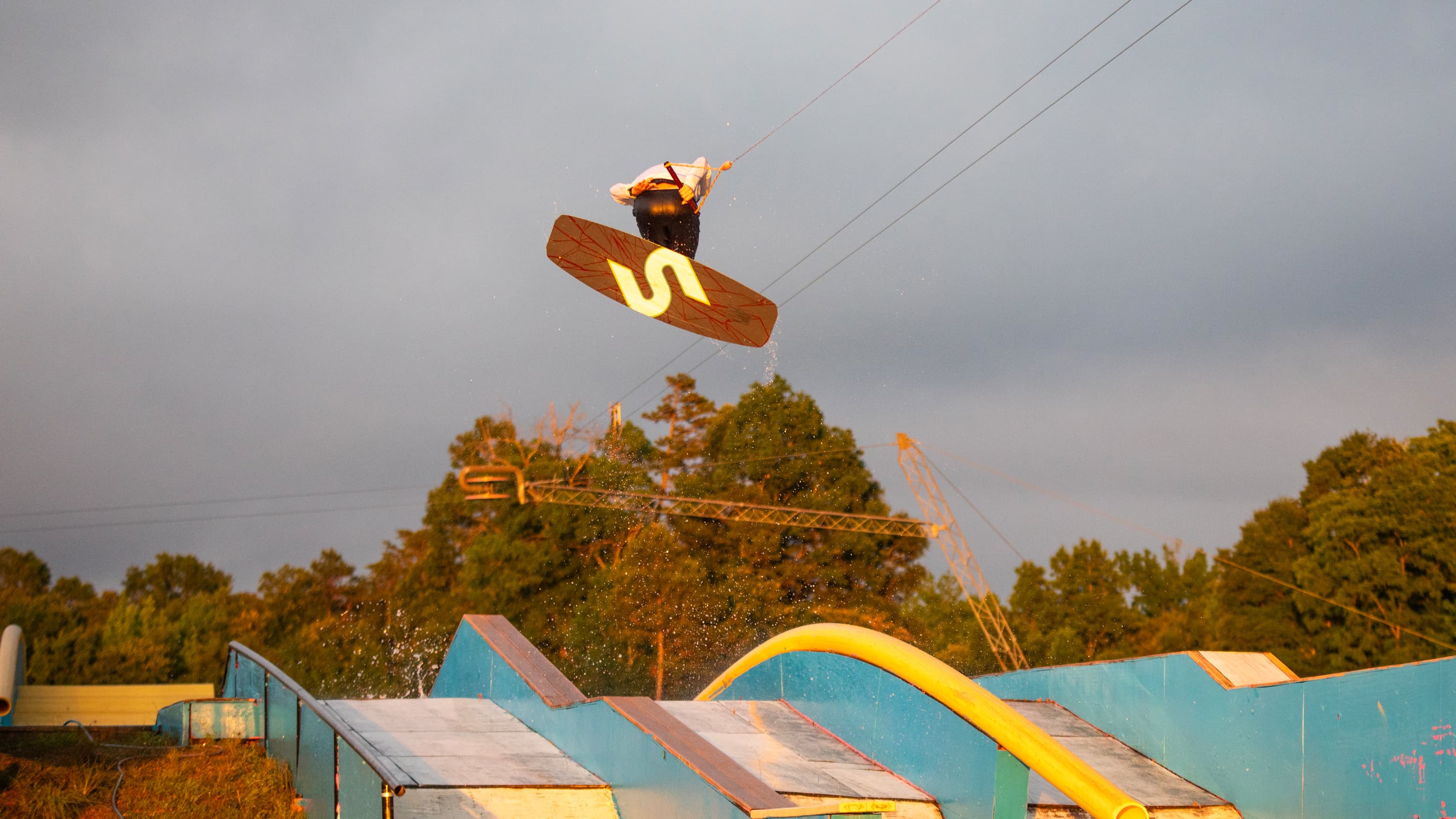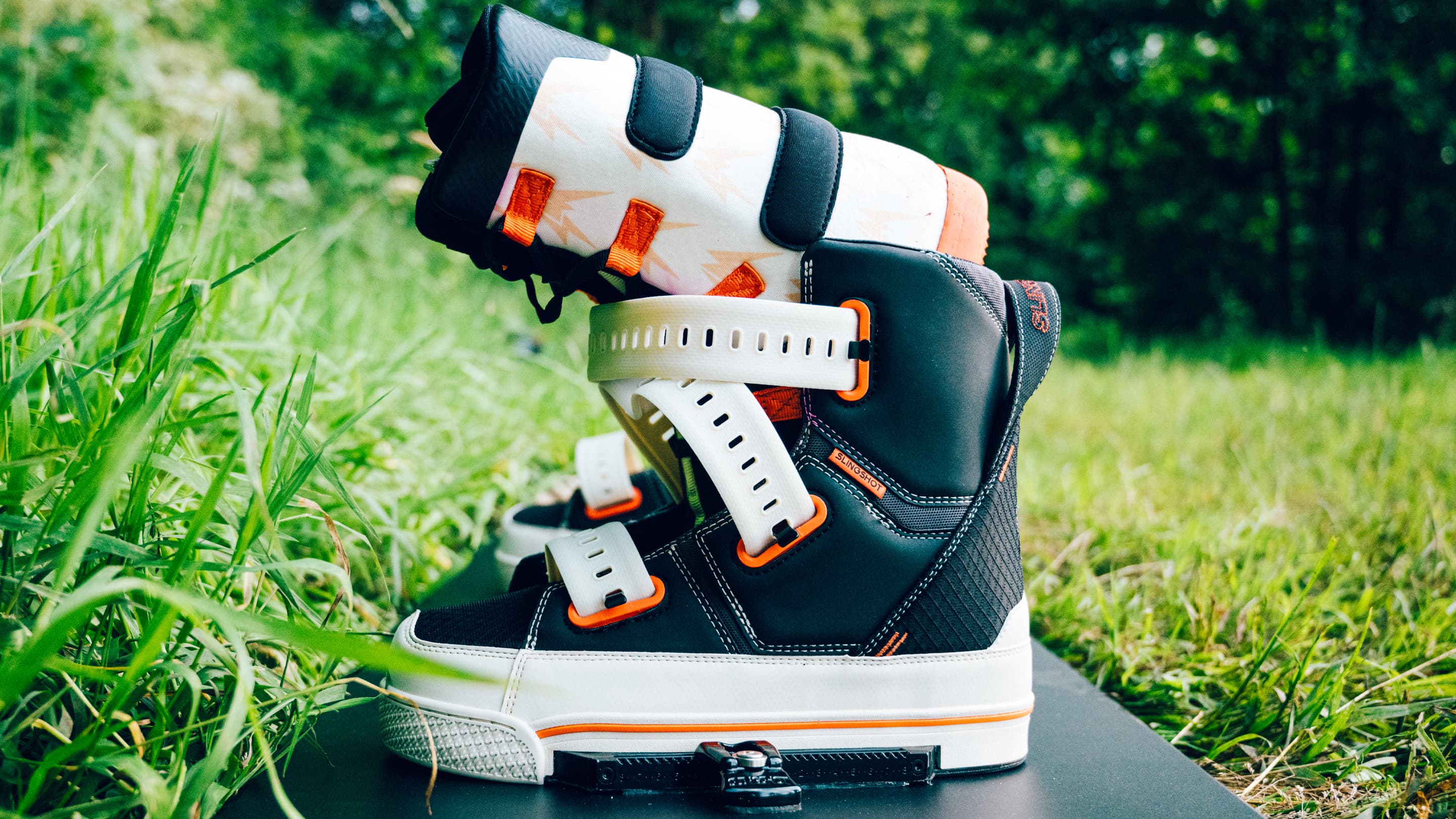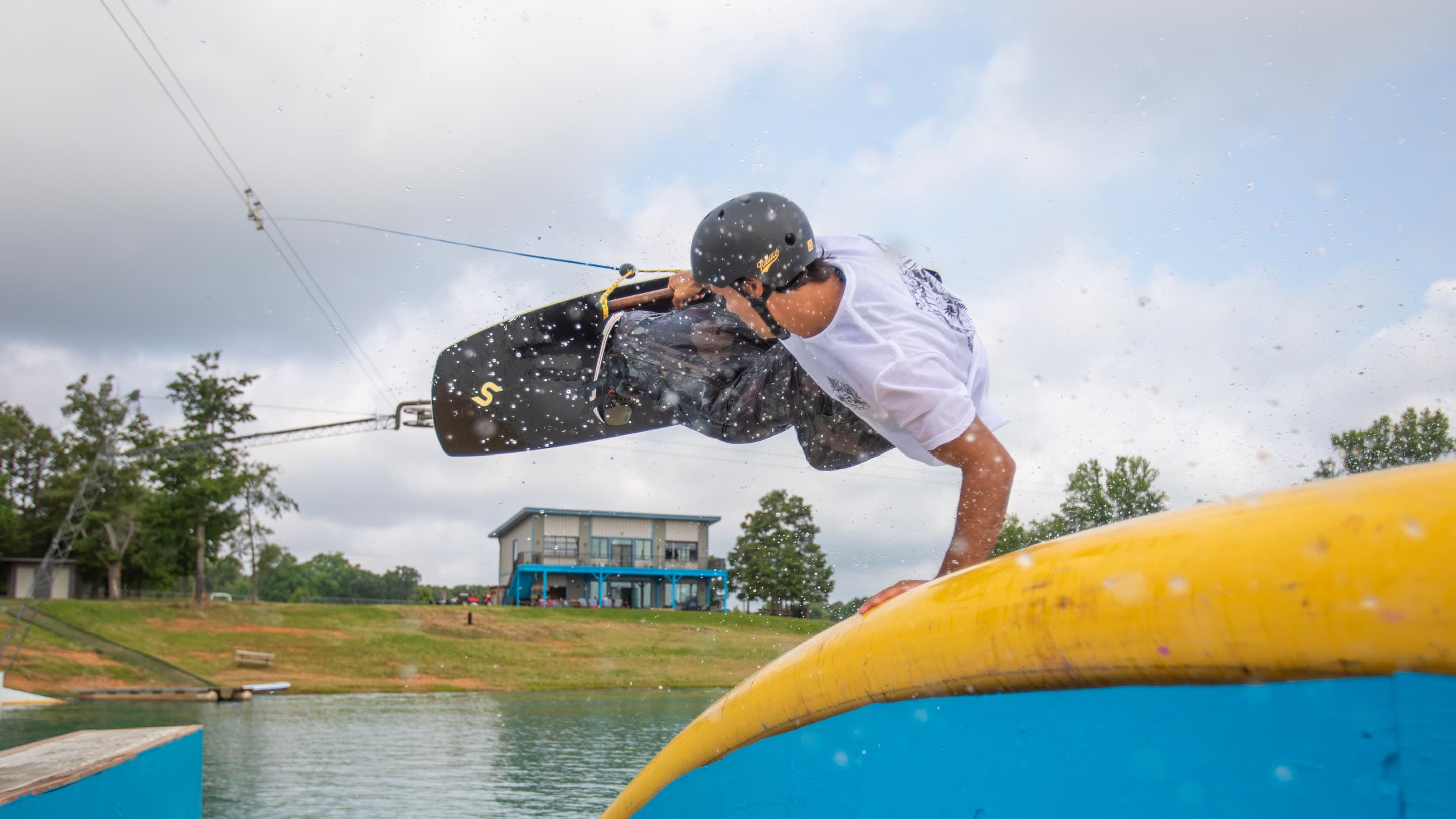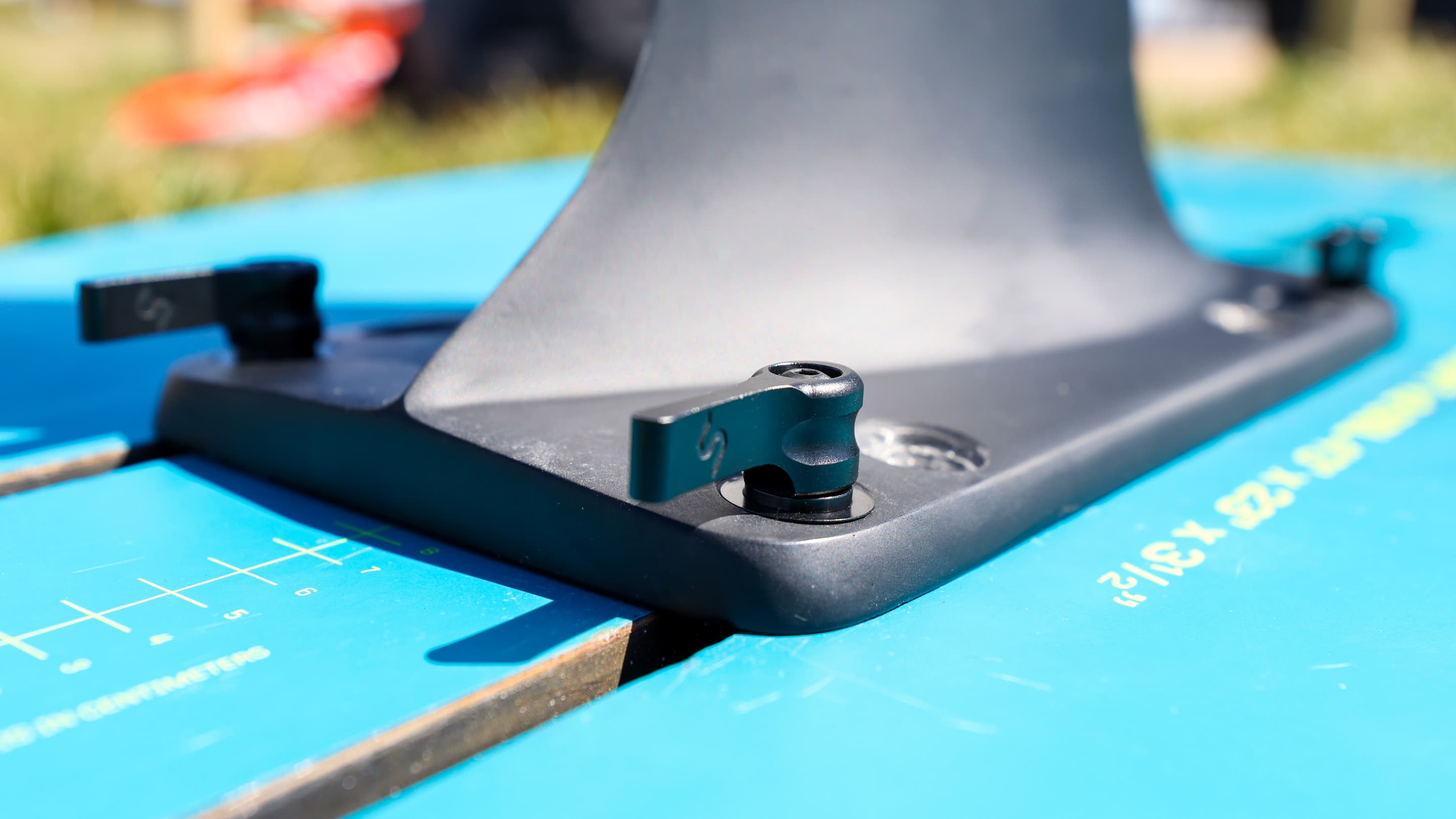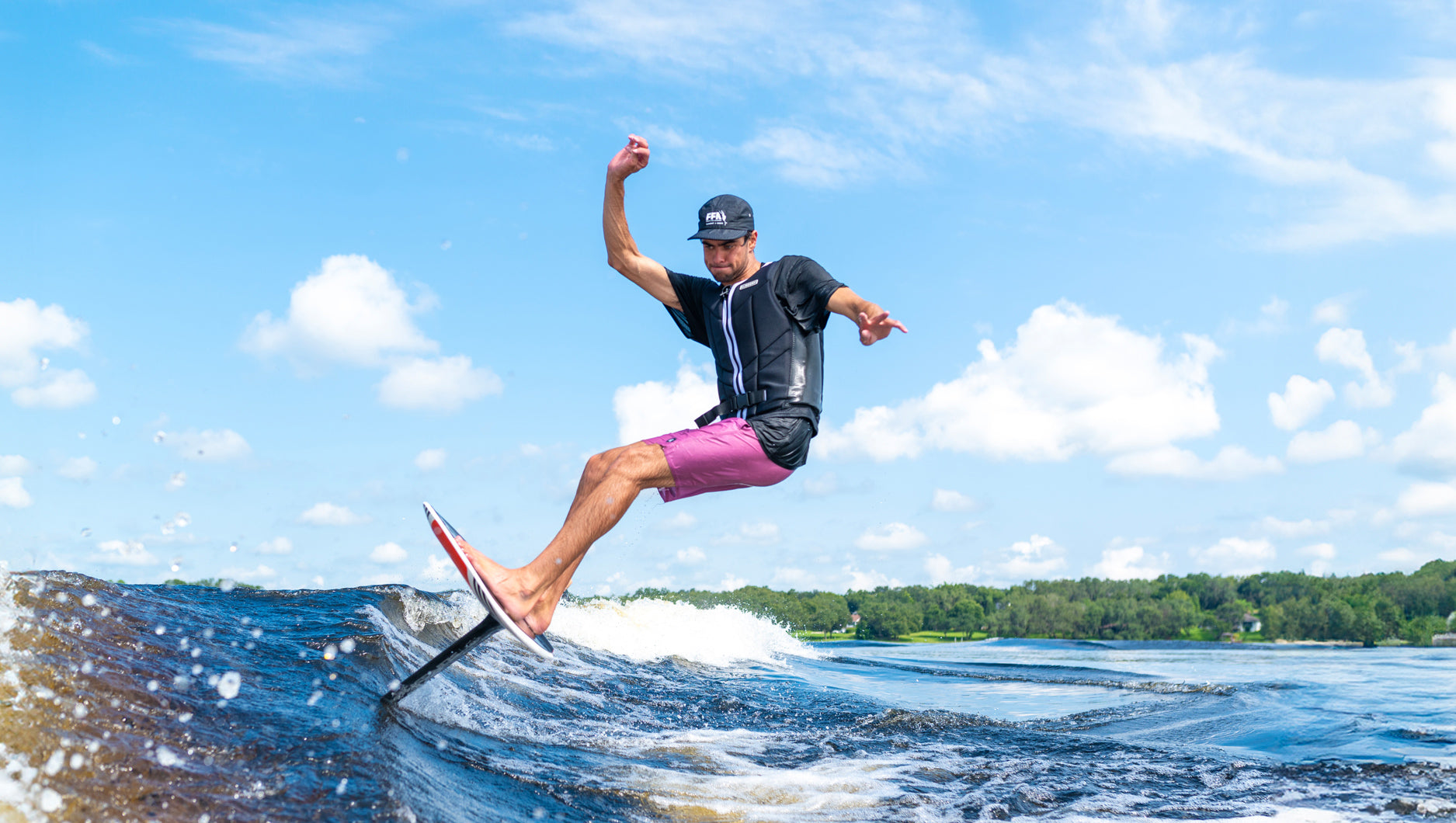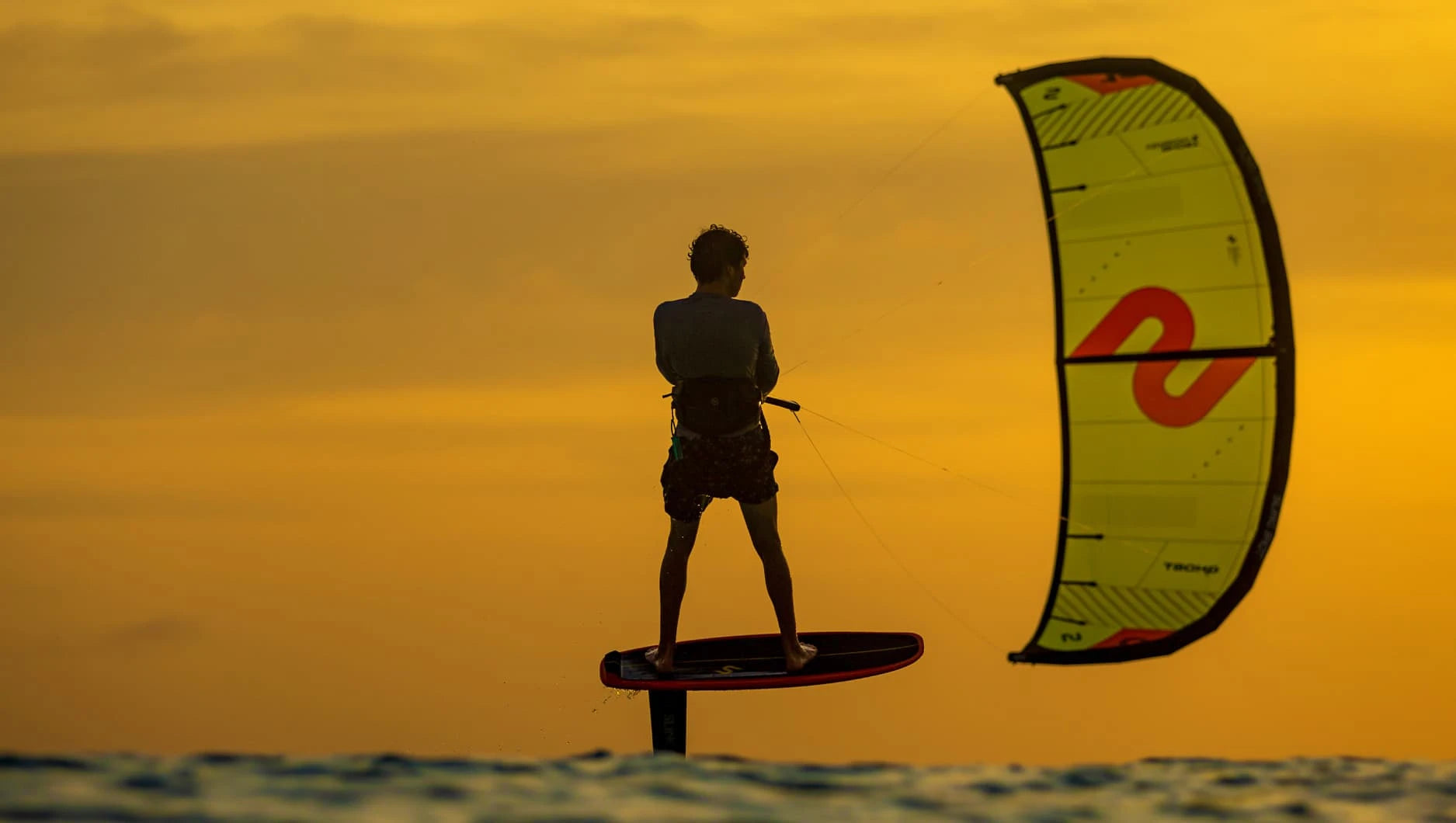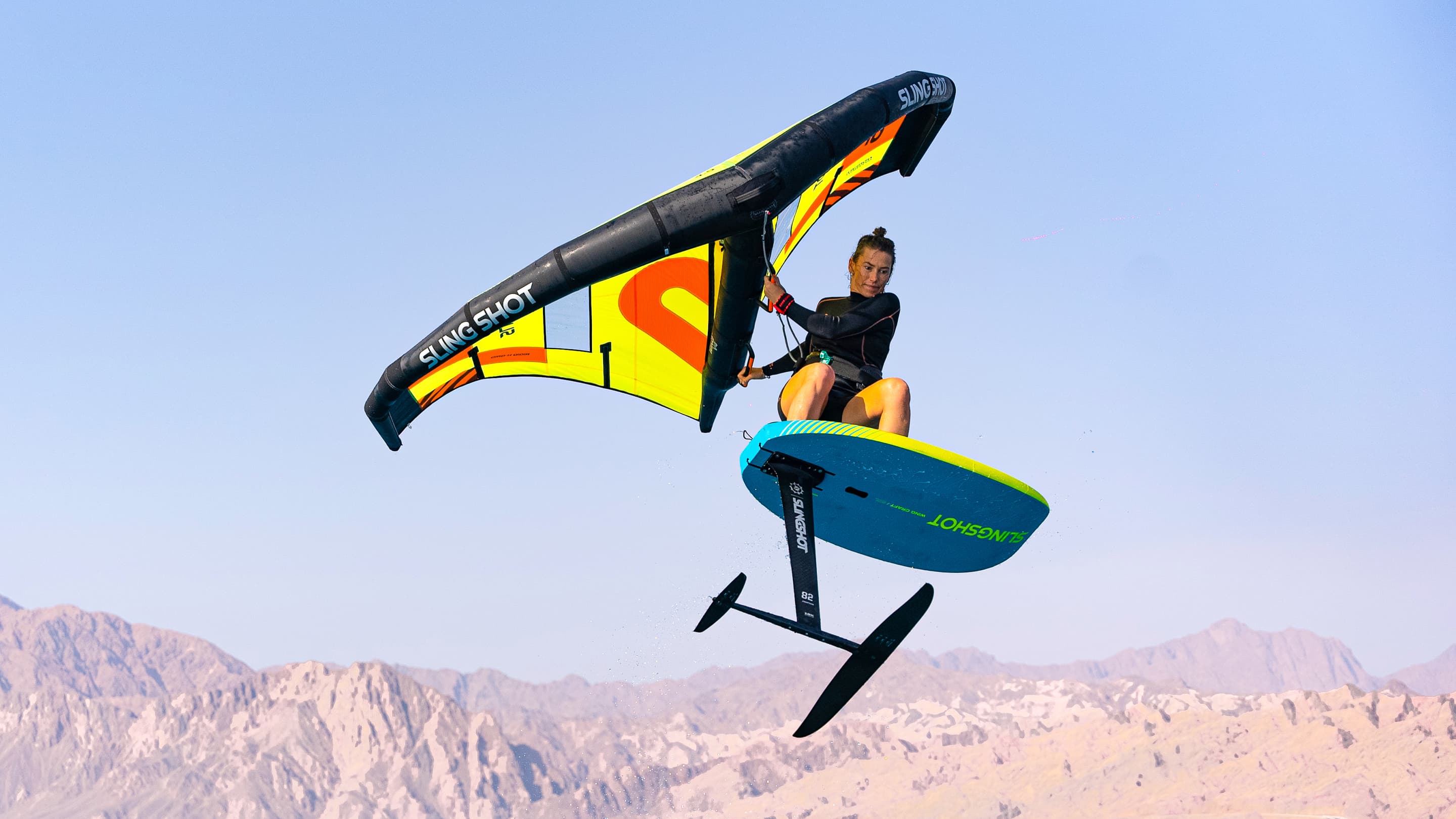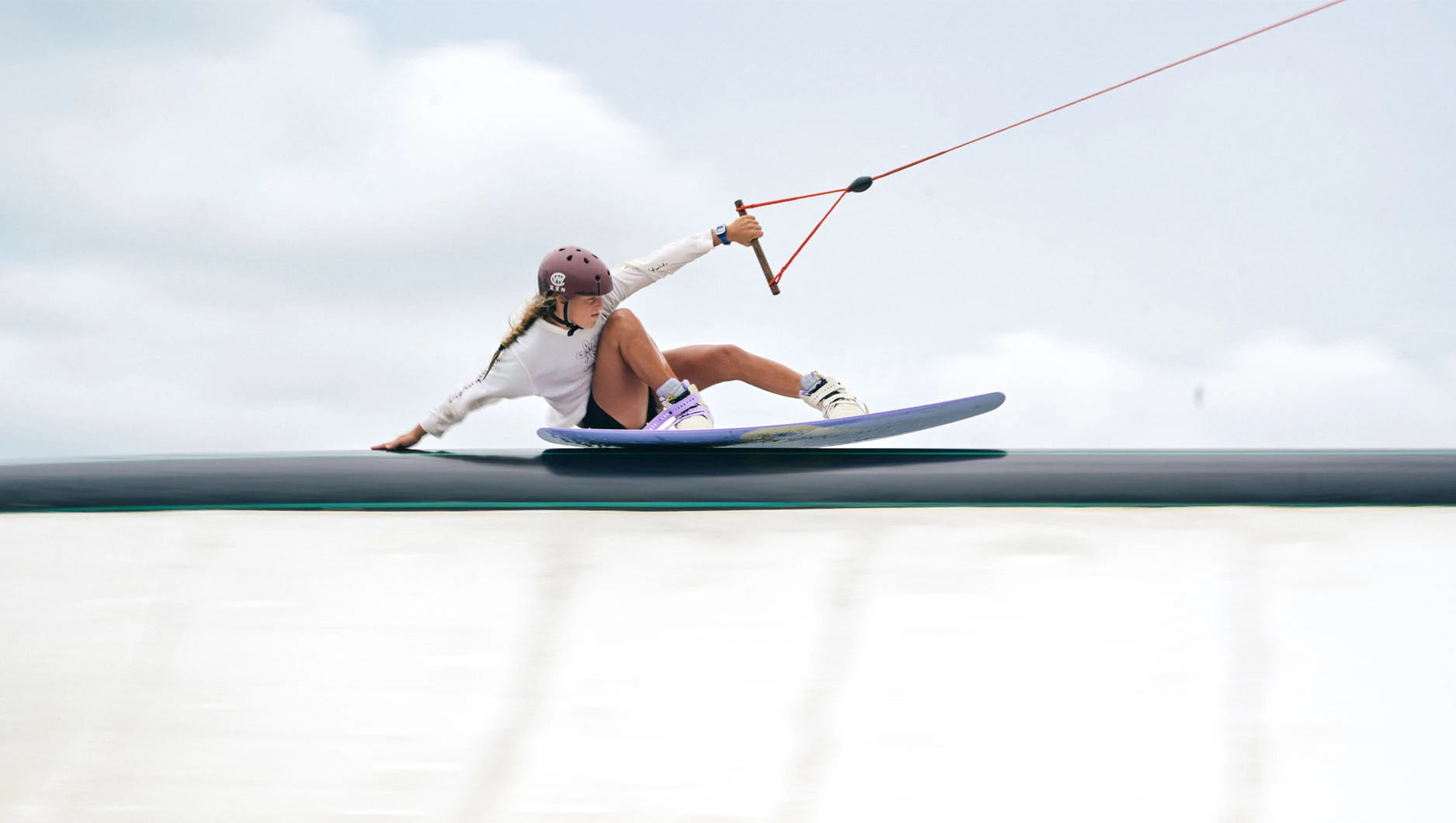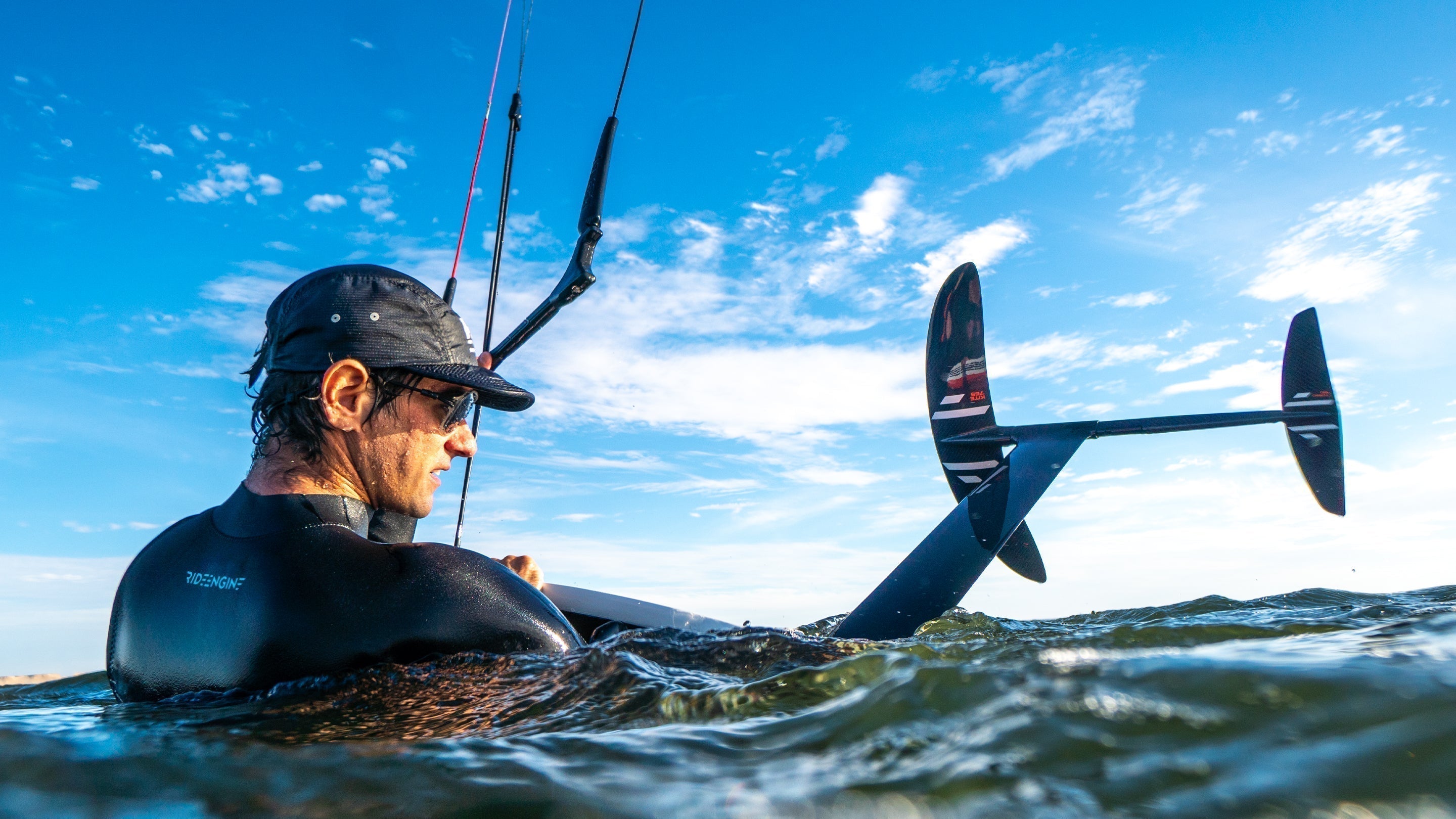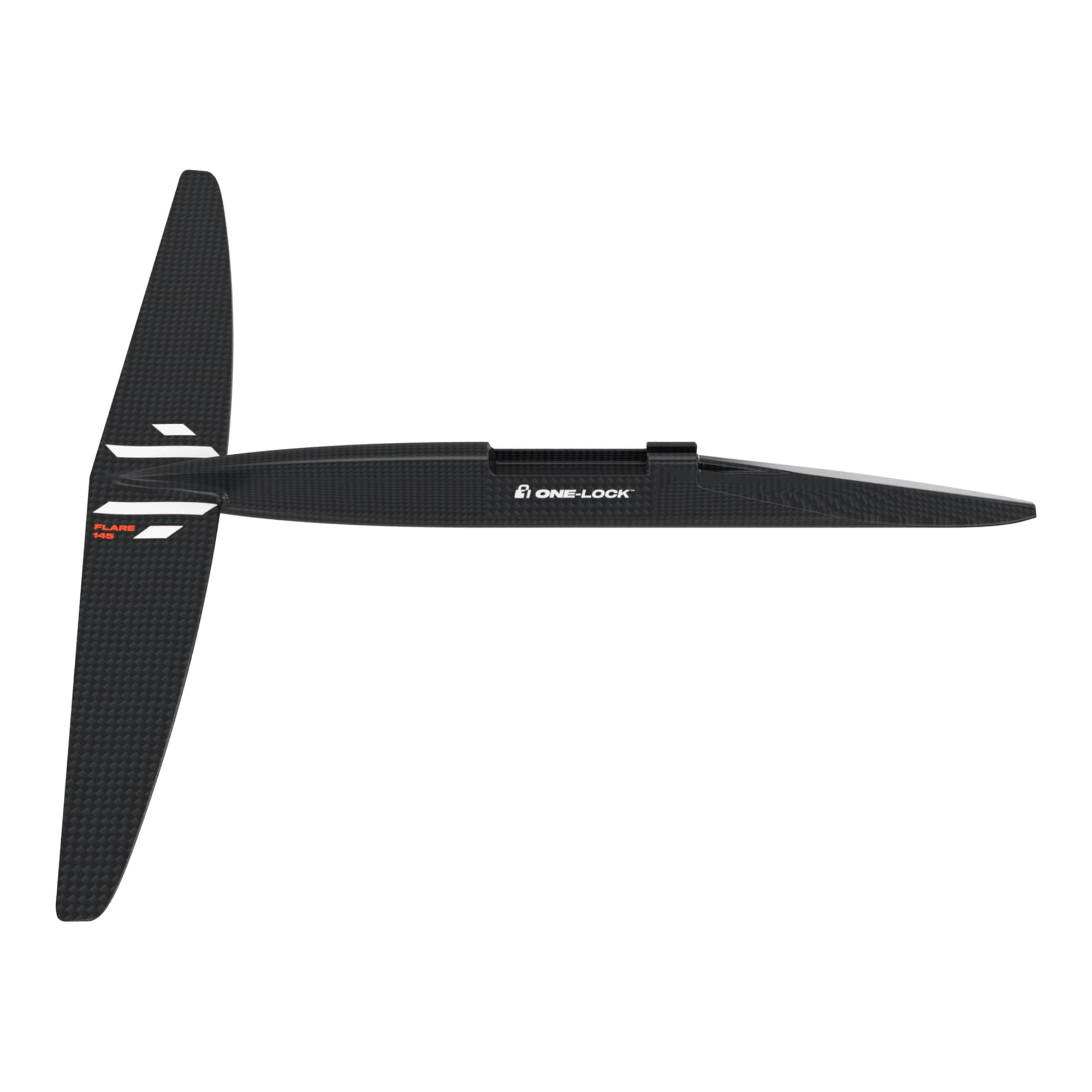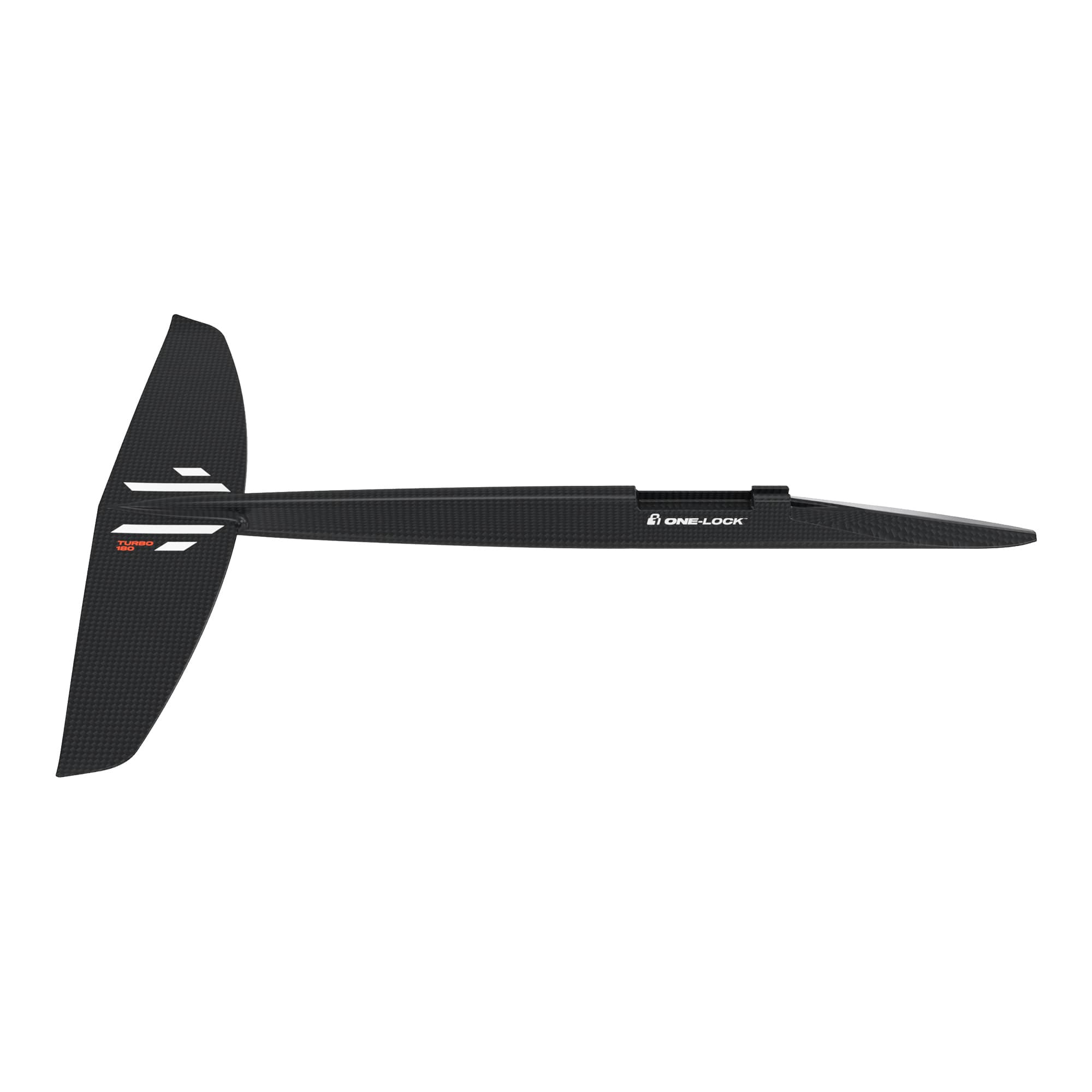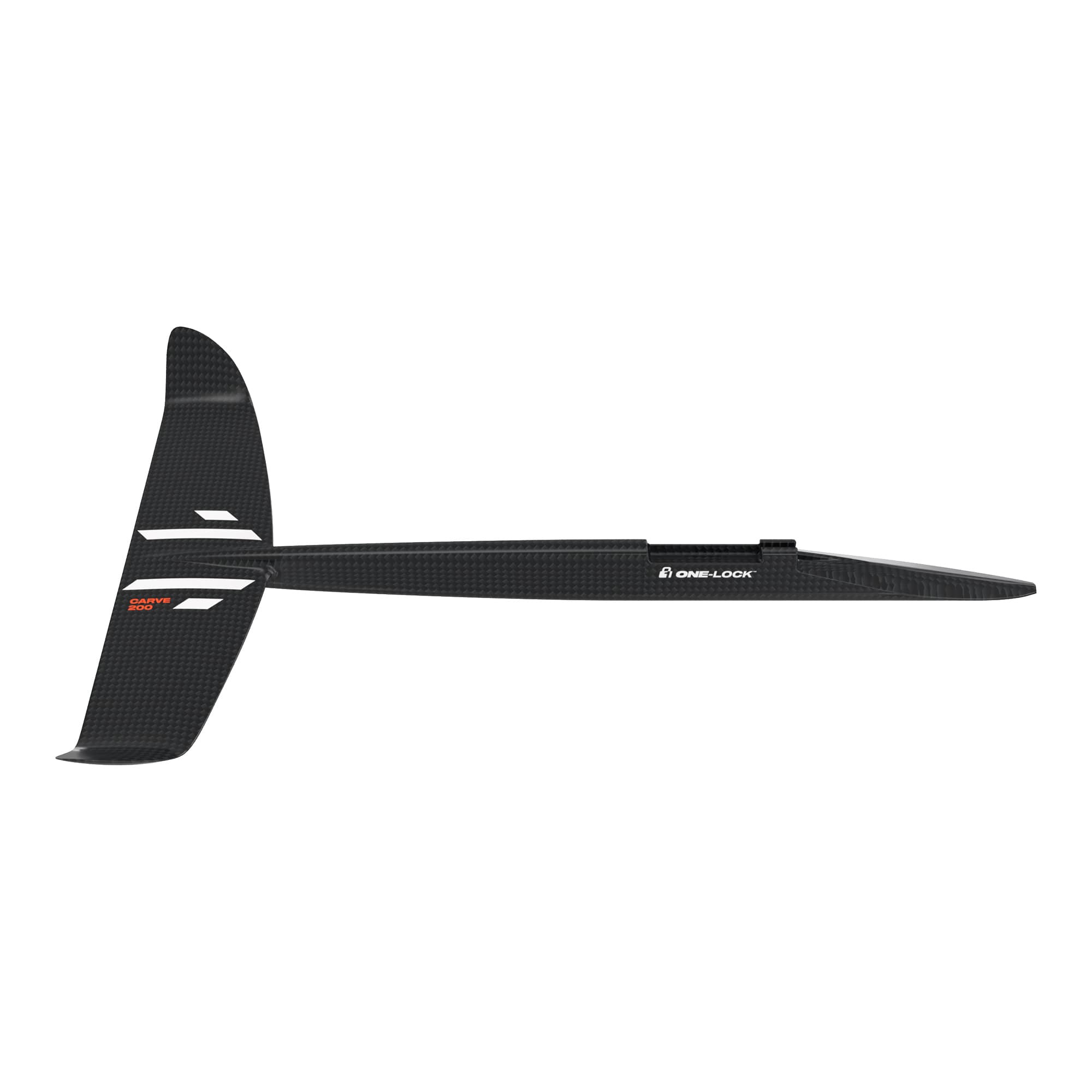When riders think about tuning their hydrofoil setup, most focus on front wings or mast selection. But what about the stabilizer?
I’d argue that the stabilizer is just as important as the front wing—if not more so than the mast. Your stabilizer dictates how your foil responds to input and how stable (or unstable) it feels underfoot. Choosing the right stabilizer isn’t just about size or surface area—it’s about understanding how it affects movement across the three key axes of instability: yaw, pitch, and roll.
The 3 Axes of Stabilizer Instability
The stabilizer acts exactly as the name suggests—it stabilizes the foil. But different stabilizers influence instability in unique ways, and instability isn’t always a bad thing. A more unlocked setup allows for quicker turns, faster adjustments, and a more dynamic ride. Let’s break down the three axes of instability and how your stabilizer plays a role.
 Yaw (Side-to-Side Rotation)
Yaw (Side-to-Side Rotation)
Yaw is the rotational movement of the foil, like skidding the tail of a surfboard or snowboard. A foil with more yaw instability feels looser and turns more freely.
• A flatter stabilizer provides more yaw instability because it has less resistance to sideways movement.
• A shorter fuselage increases yaw instability, making the foil feel looser and more playful.
• A stabilizer with winglets or curved tips locks in yaw, providing better tracking and control—especially useful for high-speed foiling and kiting.
 Pitch (Nose Up & Down)
Pitch (Nose Up & Down)
Pitch refers to how much the foil tips up or down, affecting control in takeoffs, pumping, and overall stability.
• A larger stabilizer with a longer chord increases pitch stability, keeping the foil steady and reducing unwanted changes in angle.
• A smaller stabilizer with less surface area decreases pitch stability, allowing for quicker adjustments and better efficiency when pumping.
• A shorter fuselage decreases pitch stability, making the foil more reactive.
 Roll (Side-to-Side Tilt)
Roll (Side-to-Side Tilt)
Roll is how the foil tilts from side to side, affecting how easily you can initiate turns and maintain edge control.
• A wider stabilizer increases roll stability, helping riders maintain control in choppy water and when carving at high speeds.
• A narrower stabilizer or one with curved wingtips allows for smoother roll transitions, making it easier to link turns and flow through maneuvers.
Choosing the Right Stabilizer for Your Riding Style
To find the right stabilizer, you first need to ask yourself: What do I want from my foil?
Beginners typically prioritize stability across all axes to build confidence and control. As you progress, you may want to unlock certain aspects of instability to enhance maneuverability and responsiveness.
Let’s take a look at our One-Lock stabilizer lineup and how each option affects your ride:
Verse 270 – Maximum Stability
Best for: Beginners & riders seeking control
The Verse 270 is our most stable stabilizer across all three axes—yaw, pitch, and roll.
• A high degree of dihedral (upside-down V shape) helps lock in yaw stability, keeping the foil from sliding unpredictably.
• A longer chord and increased surface area provide excellent pitch stability, reducing sudden nose drops or stalls.
• The dihedral shape also helps correct roll, making it easier to keep the foil level.
If you’re just starting or want a more controlled ride, the Verse 270 is your go-to stabilizer.
Turbo 180 – Balanced Performance
Best for: Intermediate to advanced riders looking for a mix of stability and playfulness
The Turbo 180 blends stability and maneuverability, giving you the confidence to push your riding while still maintaining control.
• Reduced dihedral allows the stabilizer to slide more freely through the water, unlocking yaw for better turn initiation.
• Lower chord and smaller surface area allow for quicker pitch and roll response, making the foil feel more reactive.
This stabilizer is the best all-around choice for most riders across different foiling disciplines.
Carve 200 – Locked-In Control for Kite Foiling
Best for: Kite foilers & riders dealing with strong horizontal loads
The Carve 200 is specifically designed for kite foiling but works in other disciplines where tail slip needs to be minimized.
• Large winglets on the tips lock in yaw stability, preventing unwanted side-to-side movement under high speeds and heavy kite loads.
• Helps keep the foil from slipping out when overpowered or pushing hard upwind.
If you primarily kite foil, this stabilizer gives you the control you need in powered conditions.
Final Thoughts: Finding Your Sweet Spot
The right stabilizer is more than just a size choice—it defines how your foil feels underfoot.
• Want maximum stability? Go with a larger stabilizer like the Verse 270.
• Want a balance of control and looseness? The Turbo 180 is your best bet.
• Need locked-in yaw control for kite foiling? The Carve 200 will keep your foil tracking straight under load.
Most importantly, experiment! The beauty of the One-Lock system is that swapping stabilizers takes just seconds, letting you fine-tune your ride for any condition. Try different setups, feel the difference, and unlock your foil’s full potential.




